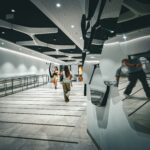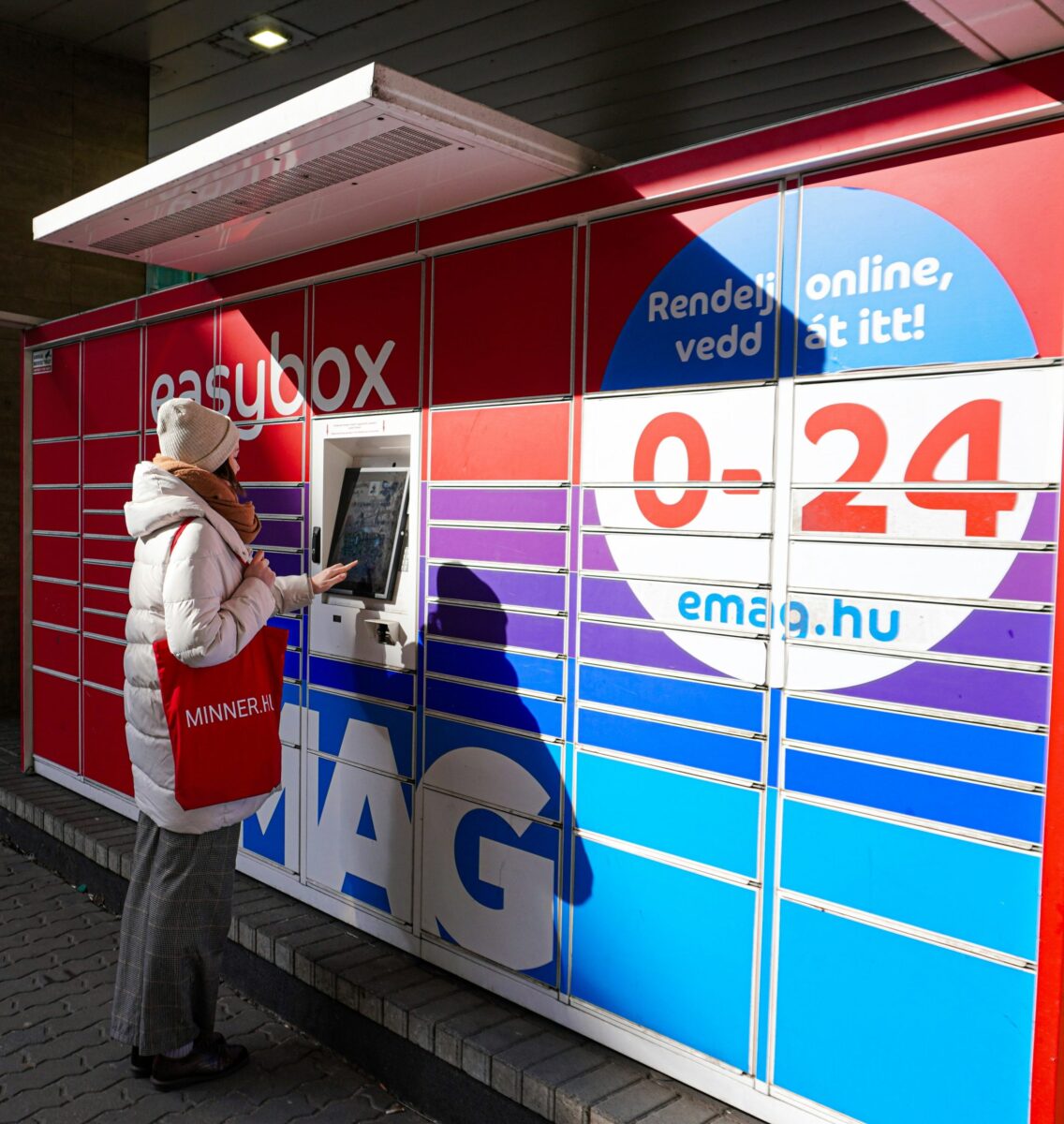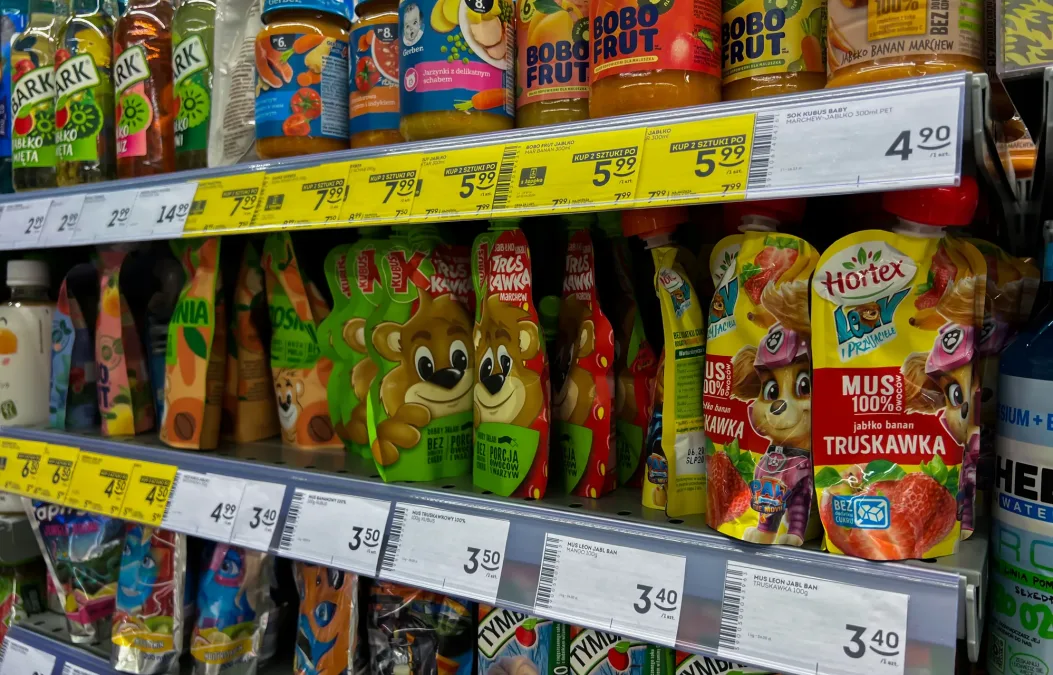The e-commerce boom that has reshaped retail around the world has found especially fertile ground in Central and Eastern Europe.
Over the past decade, countries across the region have transformed from modest digital marketplaces into hubs of online innovation, powered by competitive logistics networks and rising consumer confidence.
Yet in an era dominated by global giants such as Amazon and Alibaba, Temu and Trendyol, emerging Europe’s e-commerce players must sharpen their competitive edges.
They have responded by carving out distinctive niches, pursuing cross-border expansion, and refining logistics strategies that deliver faster, more cost-effective services. Their success offers valuable lessons for other online retailers seeking to thrive in crowded markets.
Allegro
Nowhere is this transformation more evident than in Poland, which boasts one of the most vibrant e-commerce sectors in the region. Local champion Allegro, founded in 1999, has long dominated the domestic scene, thriving even as foreign heavyweights initially tested the waters.
Its IPO in 2020 was the largest in the history of the Warsaw Stock Exchange.
The company’s success rests partly on its deep understanding of Polish consumers, from local payment preferences to loyalty incentives. Allegro shored up its position by refining its platform to accommodate small and medium-sized sellers, fostering a sense of community and variety reminiscent of eBay’s early days.
Its brand became so central to Poland’s digital economy that Amazon only launched its full Polish site in 2021—two decades after Allegro’s founding. Allegro’s longevity highlights the importance of home-grown customer insights, which give local firms a head start over foreign entrants sometimes unfamiliar with linguistic or cultural nuances.
eMag
Allegro is hardly alone in exploiting local savvy. In Romania, eMag has ballooned into a regional powerhouse, with operations stretching beyond its home market into Bulgaria and Hungary.
Much of eMag’s success derives from its early investment in fulfilment centres and last-mile delivery networks, ensuring that products reach customers quickly, even in remote areas not well served by international services.
Romanian consumers, like those in other CEE countries, were historically wary of online shopping, concerned about payment security and the reliability of deliveries.
By building out a robust logistics backbone and offering clear return policies, eMag assuaged these fears and expanded the size of the overall market. It also capitalised on the region’s cross-border shopping appetite, introducing multi-language platforms and shipping options that reduce the friction of ordering goods from abroad.
A virtuous circle
Speed and reliability have emerged as recurring themes for e-commerce success across CEE. Domestic postal services are often perceived as sluggish, and consumers demand better alternatives.
Into this gap have stepped innovative logistics providers like InPost in Poland, renowned for its network of automated parcel lockers that let customers collect orders around the clock.
InPost has spread beyond Poland’s borders into markets such as the UK, betting that convenience-driven delivery solutions will resonate internationally.
By controlling more of the supply chain—especially crucial last-mile services—online retailers and their logistics partners can shorten delivery times, cut costs, and retain more customer loyalty.
The result is a virtuous cycle: as delivery networks improve, more consumers shift online, further boosting the resources available for logistics enhancements.
Local know-how
Though speed is important, it is by no means the only factor that sets local players apart.
Many have thrived by focusing on product niches or specialised expertise. In Hungary, for instance, niche platforms catering to sports equipment or artisanal crafts have captured shoppers who feel overlooked by generalist platforms.
In Czechia, companies like Rohlik have carved out leadership in online grocery delivery by emphasising fresh local produce, flexible delivery slots, and seamless user interfaces.
By zeroing in on categories such as groceries, fashion, or consumer electronics, emerging e-commerce firms can avoid direct confrontation with global rivals in broad product ranges, staking out leadership in specific domains where scale and brand recognition matter less than expertise and authenticity.
This approach often resonates with consumers who remain attached to local identities and traditions. Providing detailed product information in national languages, offering local payment methods (like cash-on-delivery or popular e-wallets), and highlighting region-specific merchandise can foster a level of trust that foreign giants struggle to match.
Many CEE shoppers also appreciate platforms that showcase domestic entrepreneurs or artisan brands. In many cases, the shift online during pandemic lockdowns boosted sales for small producers who previously relied on physical markets.
Local e-commerce sites were quick to accommodate these new merchants, dedicating sections of their platforms or marketing campaigns to feature home-grown crafts, specialty foods, and regionally produced goods. That cultural connection, coupled with efficient service, fosters loyalty even as global competitors loom on the horizon.
Global competition
Yet success is not guaranteed. The region’s dynamic growth has attracted deep-pocketed entrants eager to test new markets, often with substantial marketing budgets. Amazon has the brand power and global supply chain to pose a serious threat to incumbents.
Temu of China and Trendyol of Turkey are also aggressively courting CEE consumers, betting that their vast network of manufacturers can lure shoppers with low prices and a wide array of products.
In response, local players are not standing still. Several have forged alliances with other retailers or technology firms to pool resources and expand more boldly across national borders. Others double down on user experience, offering prompt customer service, personalisation features, and flexible return policies that help them stand out.
One challenge for these companies is to manage rapid growth while preserving the localised strengths that made them successful in the first place. Cross-border expansion, for example, can dilute a platform’s brand identity if it fails to adapt to differing consumer expectations.
Romanians may have distinct preferences about payment or shipping compared to Hungarians, and the same is true for Bulgarians, Czechs, or Slovaks. Companies that venture abroad without investing in country-specific market research and tailored logistics risk squandering the trust they have established at home.
Additionally, scaling up can strain warehousing capacity and customer-service channels if not carefully planned. Many fast-growing e-commerce firms in the region have learned these lessons the hard way, pausing expansion to consolidate their logistics or reevaluate marketing strategies.
Stay nimble
As competition intensifies, local e-commerce champions can draw lessons from their own successes and setbacks.
First, building a solid logistics network—be it through partnerships, acquisitions, or in-house solutions—remains central to winning customer loyalty.
Second, a commitment to understanding local consumers will always pay off. Whether it is language support, payment preferences, or marketing tailored to cultural festivals, seemingly small touches can fortify a platform’s reputation.
Third, specialisation can be a winning formula in a marketplace flooded with options. By positioning themselves as go-to destinations for certain products or categories, CEE retailers can resist the gravitational pull of mega-marketplaces seeking to sell everything to everyone.
Finally, local e-commerce champions must remain nimble. Technological change moves quickly, and the CEE region is no longer isolated from global currents of innovation.
Mobile commerce, social-media-driven shopping, and new payment systems—from blockchain-based solutions to digital wallets—are reshaping consumer expectations.
E-commerce platforms with a track record of agility, such as Allegro or eMag, have shown that adaptation can be a formidable bulwark against even the largest global competitors.







